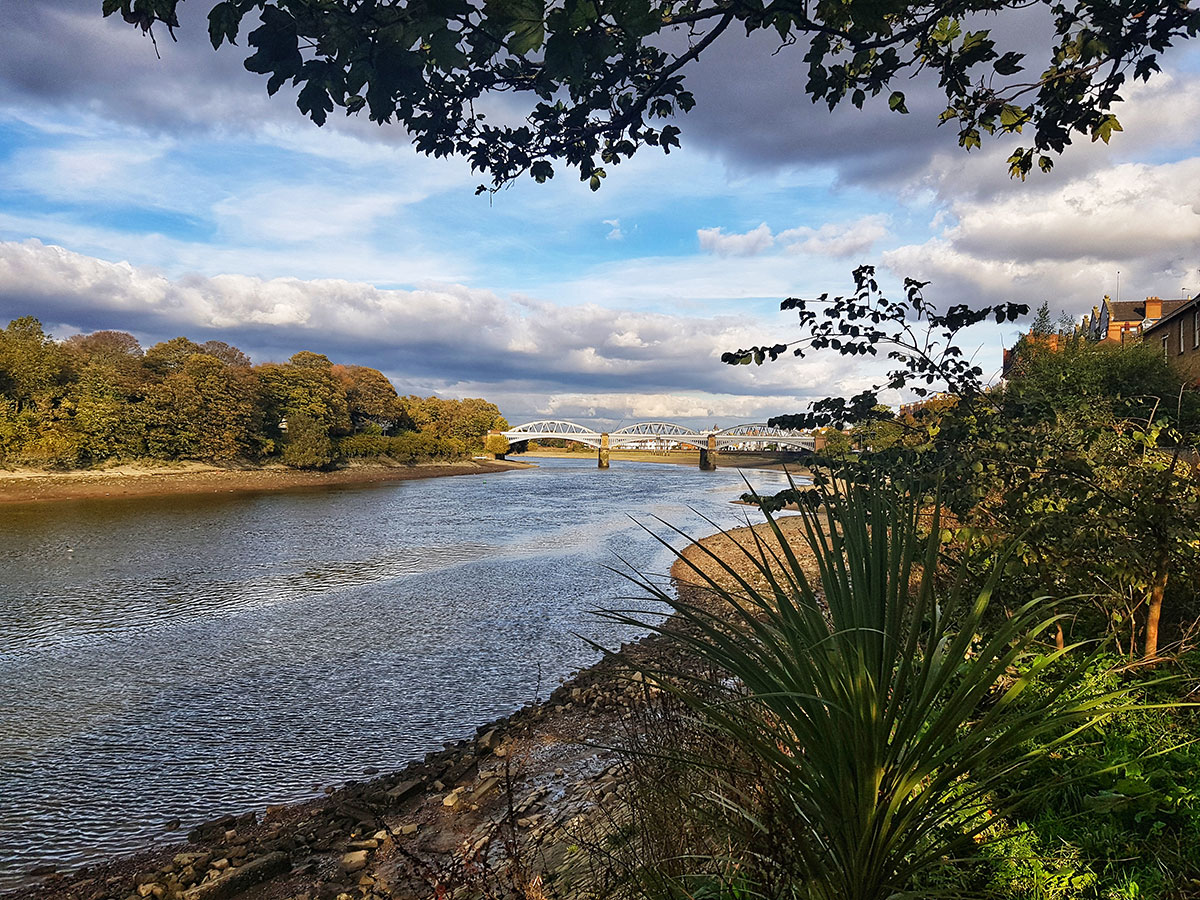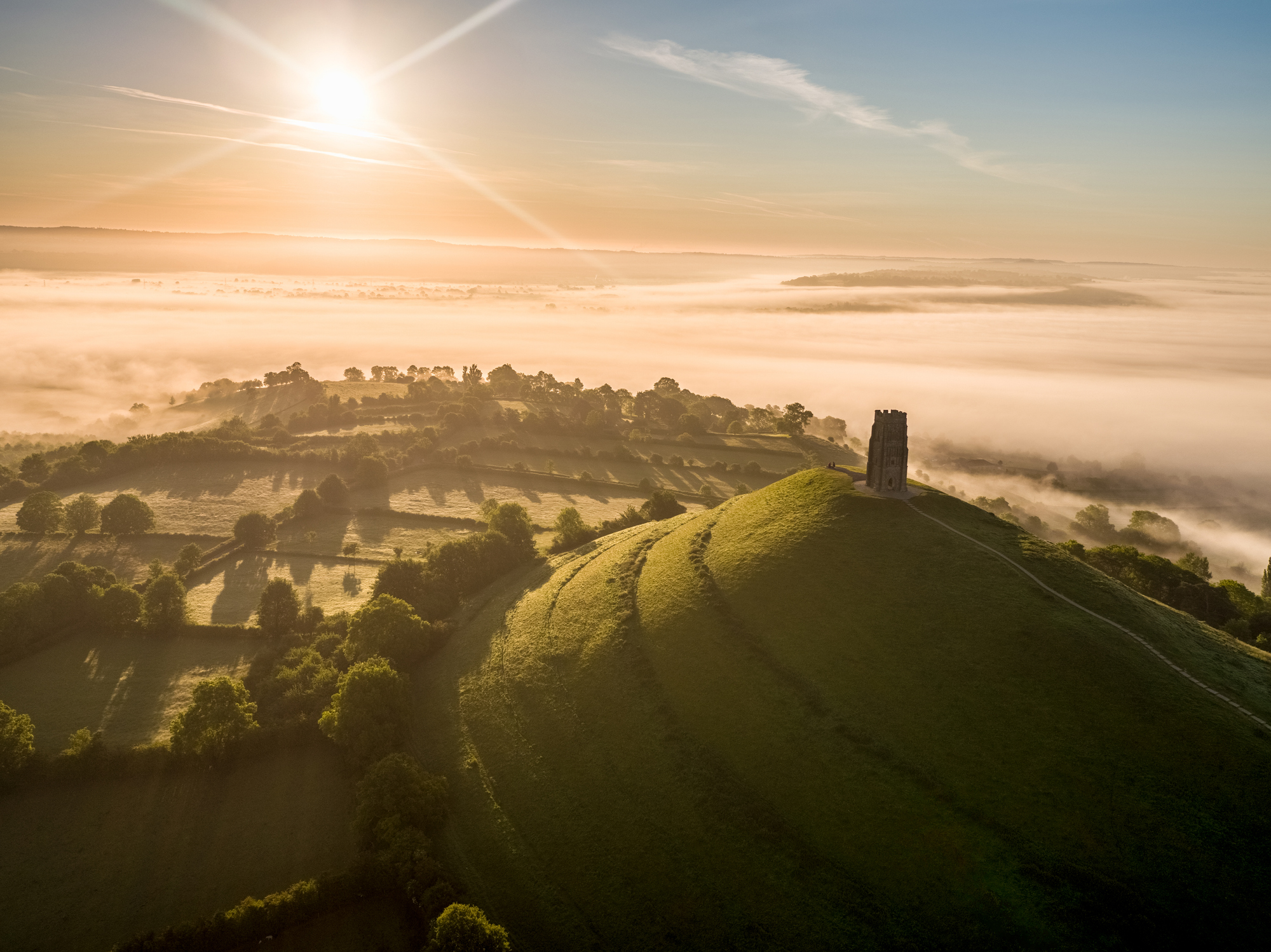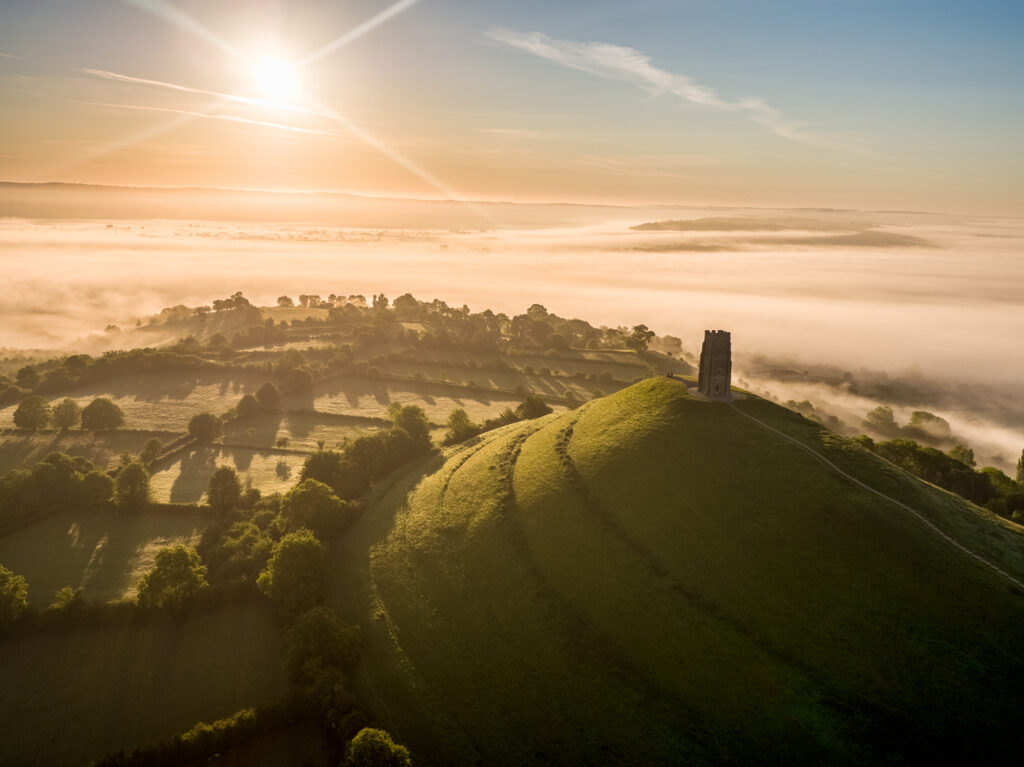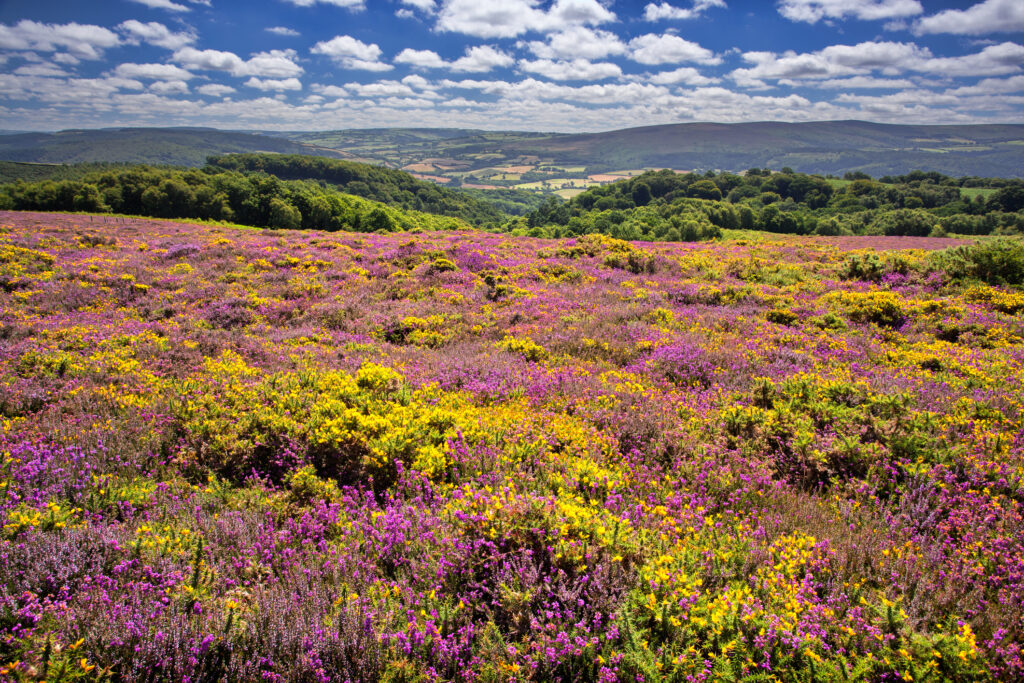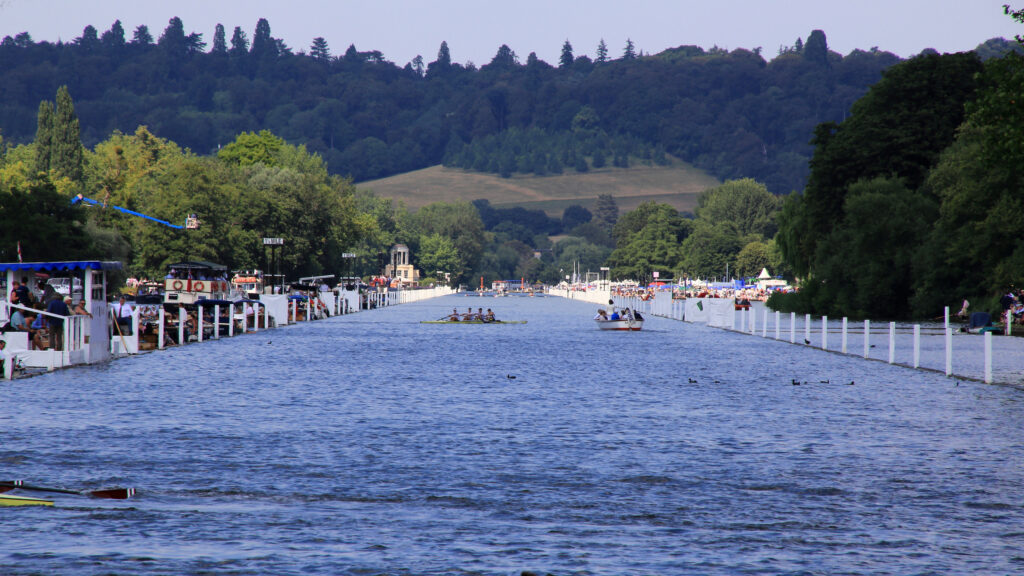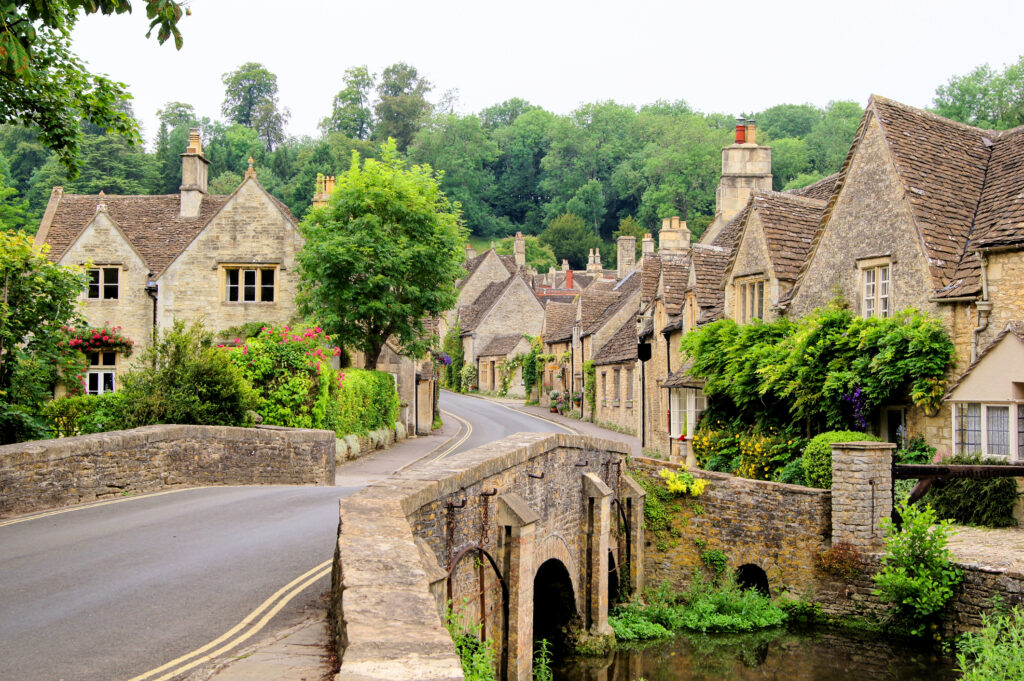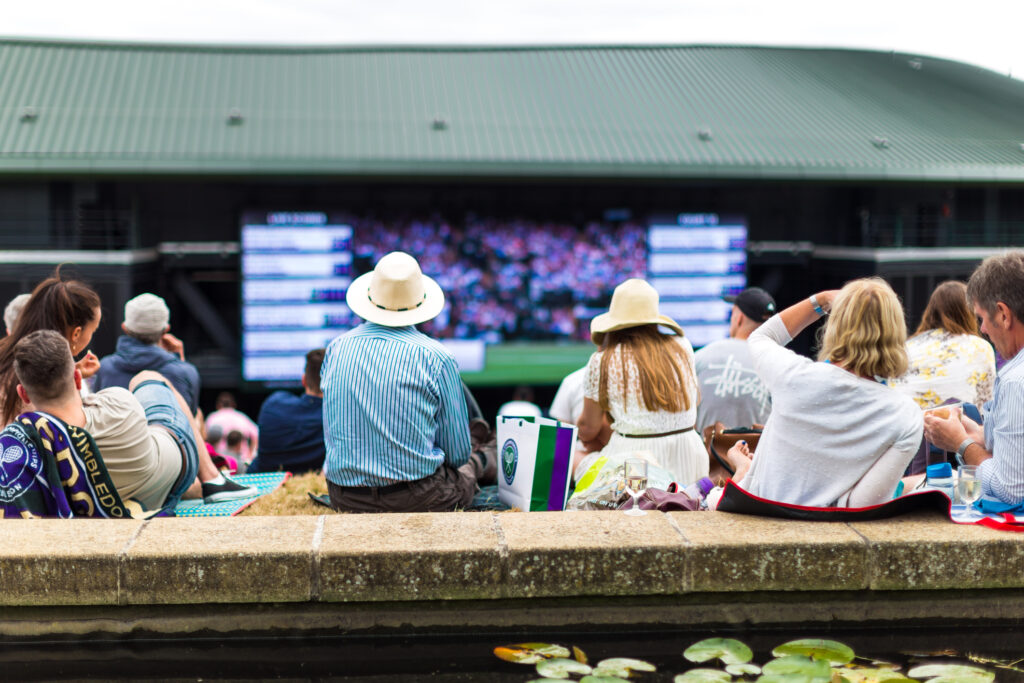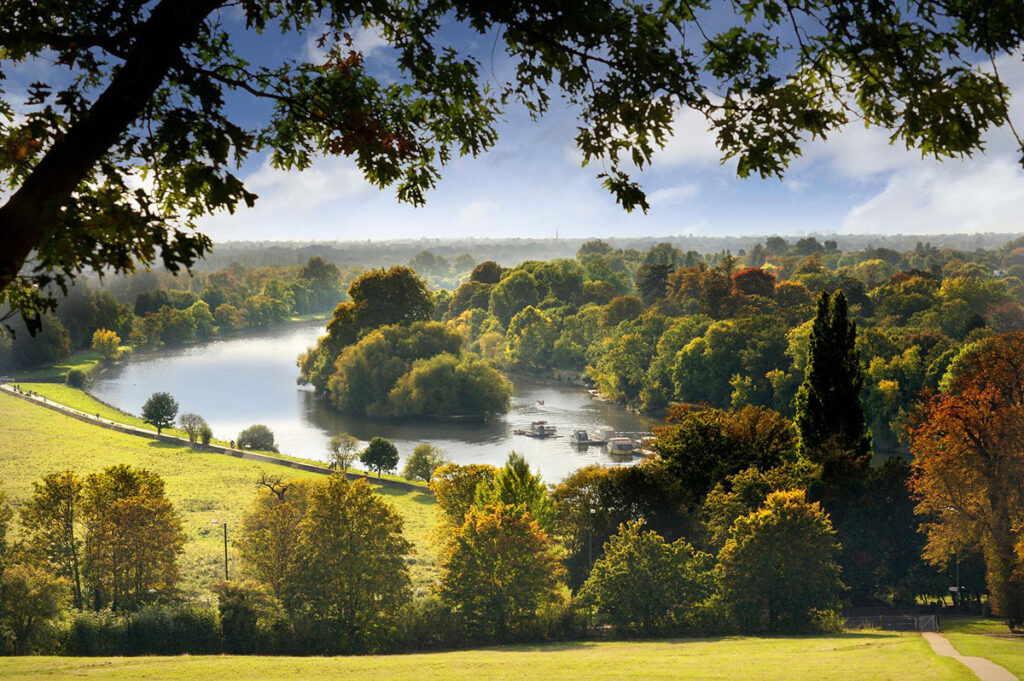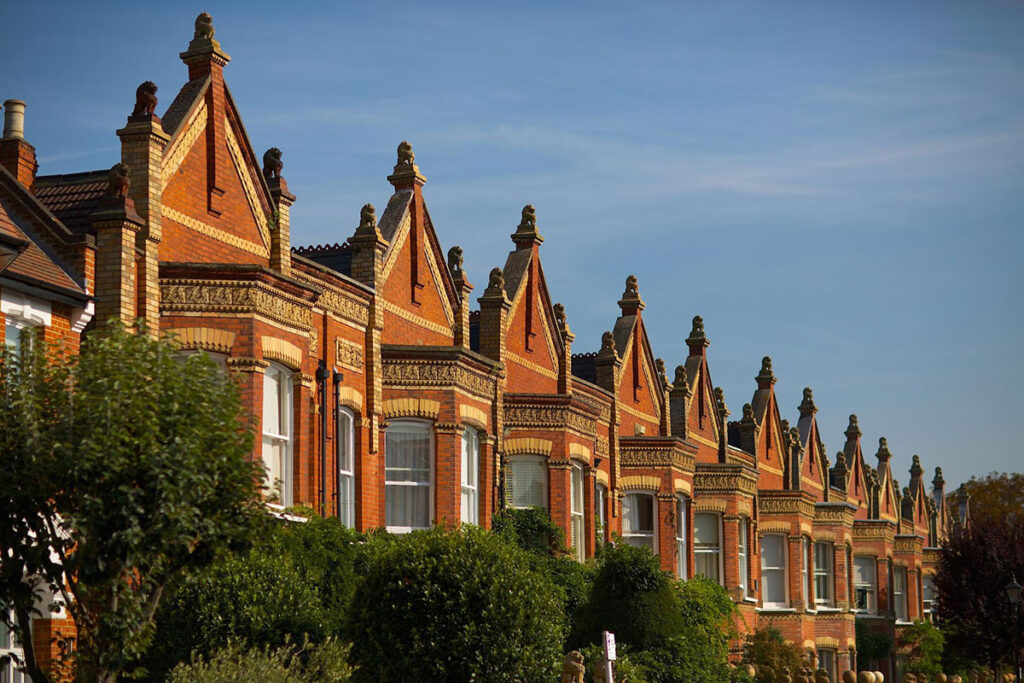With its vast green parks and commons, lively communities and historic charm, south-west London provides a village feel alongside plenty of luxury amenities – and its popularity is booming. Our Partners James Burridge and Toto Lambert explain more.
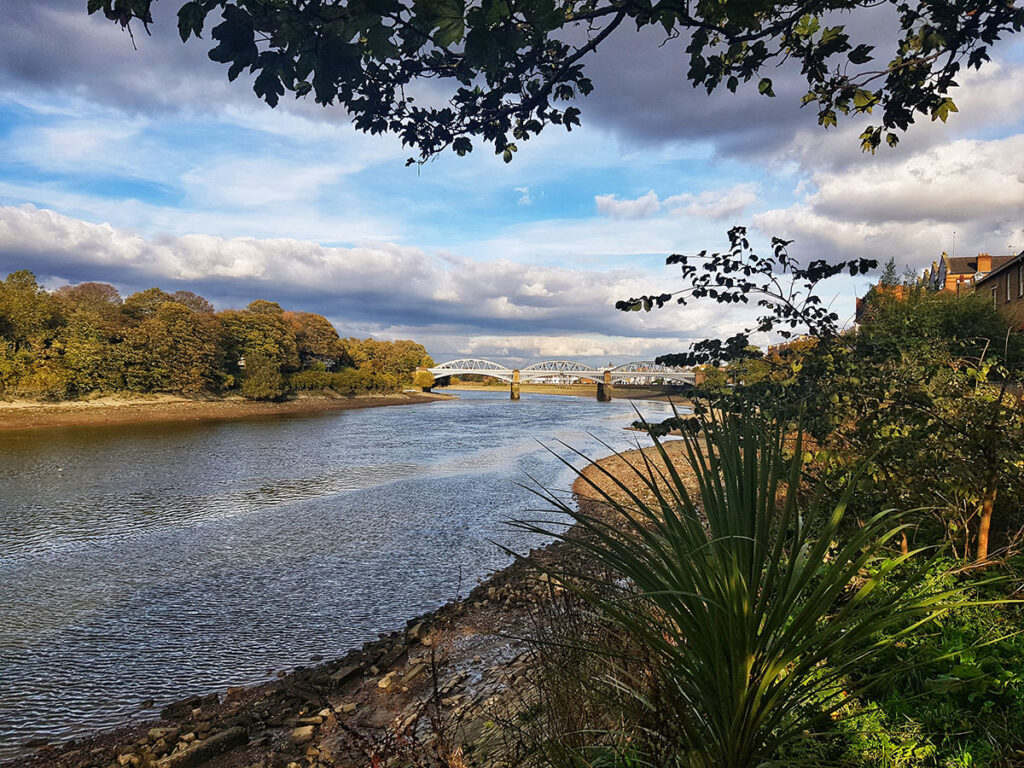
Wider houses, larger gardens, high-performing schools, off-street parking and fast connections into both central London and Heathrow make south-west London’s ‘villages’ highly desirable neighbourhoods.
“Considering the steep rise in stamp duty, those searching for a generational family home should be looking for a space that they can grow into, not out of – where they can stay for the next decade plus. Gardens being more important than ever.
“Value-wise, the south-west pocket is becoming a lot more interesting and offers breathing space from the fast pace of central London,” says our Partner and London specialist James Burridge.
Richmond
Richmond offers both stately riverside elegance and more tranquil countryside calm, thanks to Richmond Park – one of the largest urban parks in Europe. Its Georgian townhouses, smart period villas and grand detached homes attract families looking for space and community.
The celebrated view of the tree-lined Thames from Richmond Hill – the most desirable enclave of Richmond, popular with everyone from rock stars to playwrights – wouldn’t look out of place in the Chilterns. Yet its fast rail links and Elizabeth Line connections via Twickenham make it an easy commute into central London.
Pedestrianised streets such as Paved Court and the smaller lanes leading past Wisteria-clad Georgian houses to the Green offer a village feel. While the likes of Petersham Nurseries with its Michelin Green Star restaurant, Scott’s Richmond seafood restaurant on the riverside and nearby Ham Polo Club ensure an air of luxury.
“I worked with a lovely couple over the Summer who were moving to London from America. They didn’t know the prime South-West London villages well, but knew they wanted to immerse themselves in a strong sense of community. We looked at a few different areas, landing on Richmond. We secured them a beautiful home there with amazing green space all around them,” says James.

Barnes
Further east, tucked into a bend in the river, Barnes is another favourite with its duck pond, farmers’ market, handsome period streets and riverside walks. “It feels very akin to a Sussex village,” says James.
Venture into the heart of Barnes Common Nature Reserve or the London Wetland Centre and you feel far removed from the busy city, yet access to central London is quicker than many expect – just 25 minutes to Waterloo.
Lots of people own dogs here and there are lots of pretty walks to enjoy with them, while there are a host of thriving independent shops including a butcher, a cheese shop, a wine merchants and a bookshop. Barnes is also very well served by high performing state and independent schools, such as the Harrodian, St Paul’s School and the international Swedish School and which serve as a huge draw to the area.
Wimbledon Village
Further south, Wimbledon Village next to the charmingly rural Common is home to low-ceilinged traditional pubs, horse riding stables, a nature reserve and a weekly farmers’ market – as well as some of the most desirable homes in south-west London.
The streets leading off the Common are among its most coveted, with everything within an easy distance – from muddy wooded trails and bridleways in one direction, to designer shops in the other.
Wimbledon offers fantastic schools, such as Kings’ College School Wimbledon, open green spaces and community all within striking distance of the City. There’s no shortage of luxury here either, with The Ivy Café, the Royal Wimbledon Golf Club, a Third Space health club and, of course, the world-renowned All England Lawn Tennis Club.
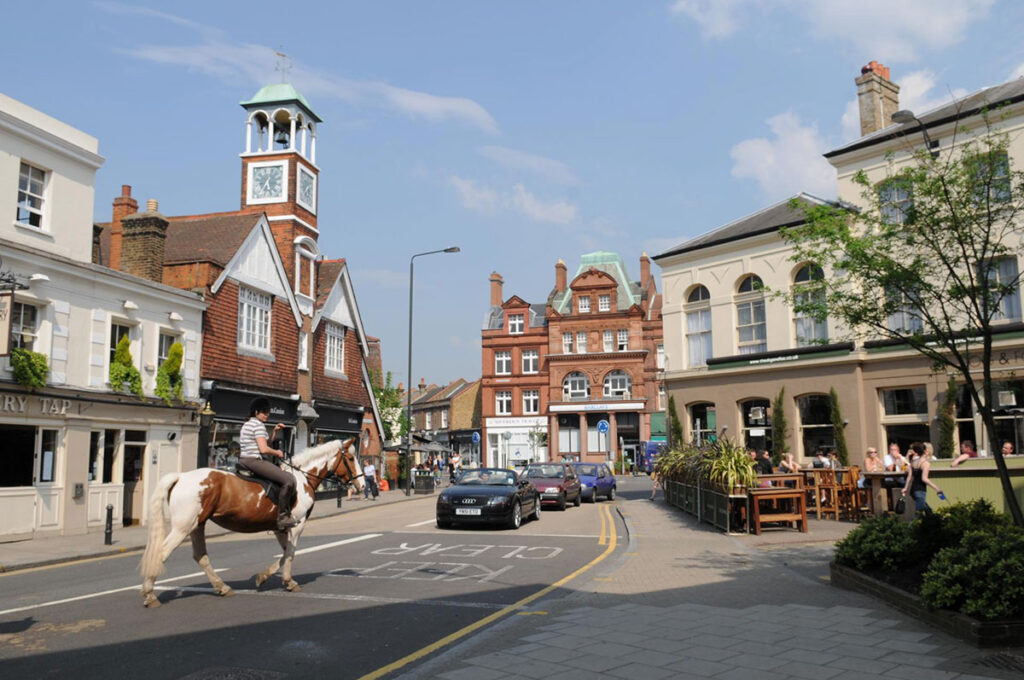
Fulham and Parsons Green
Across the Thames, Fulham and Parsons Green have seen a quiet transformation in recent years. Once considered a more affordable alternative to Chelsea, these areas now command significant premiums, especially around the Green itself and Peterborough Estate.
The housing stock here – a mix of Victorian terraces and large family houses – has become particularly attractive to young families moving out of more central areas. Doria Road and St Dionis Road, leading towards the leafy green, are very pretty and popular addresses.
“Fulham’s Alphabet Streets that form a grid running between Fulham Palace Road and the river offer beautiful Victorian houses with larger gardens and wide proportions. The green space of Bishops Park and the Thames Path is on your doorstep – ideal for walking, running and cycling,” says our Partner and London specialist Toto Lambert, who lives in Fulham. “And there are plenty of dog-friendly cafes and traditional pubs in the area. Tinto Coffee on Fulham Palace Road being a personal favourite.”
Dulwich Village
Strictly south-east London, Dulwich Village offers a slightly more off-the-radar option, but one that punches well above its weight with its Georgian architecture, strong community spirit, even local riding stables.
The renowned Dulwich Picture Gallery houses works by Gainsborough and Rembrandt and hosts a weekly farmers’ market in its grounds. There are top schools on its doorstep, including Dulwich College and James Allen’s Girls’ School – the oldest independent girls’ school in London – and it is also very well connected.
“Areas like Dulwich Village have increased in demand with clients of ours over the past decade. I recently acted for a young family moving out of East London looking for a family home with a good garden, so the search was very much house led. We looked at Barnes, Richmond and Wimbledon before settling in Dulwich. We bought a house within walking distance of Dulwich Village because they fell for its village-like charm,” says James.

James Burridge is our specialist Partner in Central and South-West London. Read more from James on the rise of south-west London’s prime market here.

Toto Lambert is our specialist Partner in Central and South-West London.
For news, expert commentary and invaluable property insight, subscribe to The Insider, our quarterly newsletter, here.
